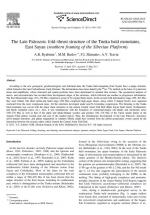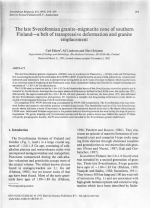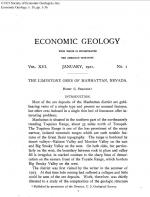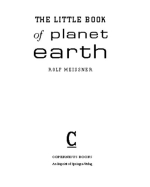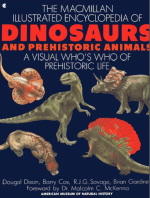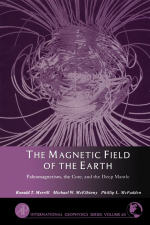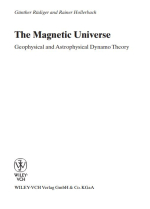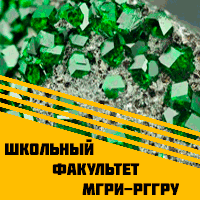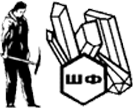The late Svecofennian granite-migmatite (LSGM) zone in southwestern Finland is a ~ 100 km wide and 500 km long bell transecting the southern Svecofennides from WSW to ENE. It was formed in an area of thin pillow lavas, volcaniciastic sediments and limestones. The area is interpreted as having been an early basin of crustal extension which was the locus ofan inherited zone of weakness in the Proterozoic crust. Early recumbent folding was followed by crustal thickening and intrusions of - 1.89-1.88 Ga old plutonics.
The LSGM-zone is characterized by 1.84-1.83 Ga old rhomboidal sheets of late Svecofennian microctine granite and is bounded by ductile shears. Amongst the two major phases of deformation defined in the LSGM-zone, the earlier one (D1) affected only the supracrustals and the 1.89-1.88 Ga old early plutonics. In contrast, the later phase (D2) also deformed the late Svecofennian migmatites and granites. Dl represents a complex and long-lasting deformation event which included overturning and thrusting of the Svecofennian strata.
D2 comprised ENE-WSW directed drag accompanied by NNW-SSE compression. The Svecofennian crust was thickened further and anatectic microcline granites intruded along thrusts. The rhomboidal outline of the late Svecofennian granite sheets indicates a sense of movement in agreement with measured dextral strike-slip in the shears delimiting the LSGM-zone. Imbricated feldspar megacrysts in the granites indicate thrusting towards the west during the stage of granitic magmatism. The gently dipping early Svecofennian gneisses and the late granite sheets were folded into upright F2 folds with gently plunging axes. Locally, the F2 axial surfaces were intruded by late Svecofennian granite mobilisates.


